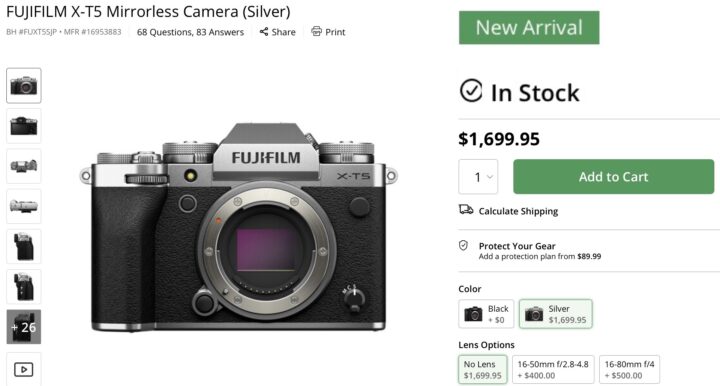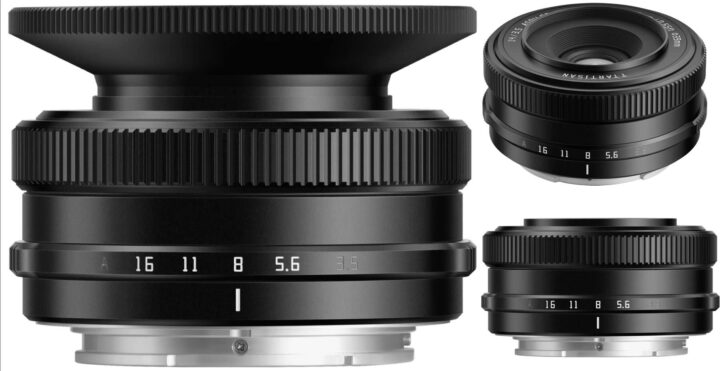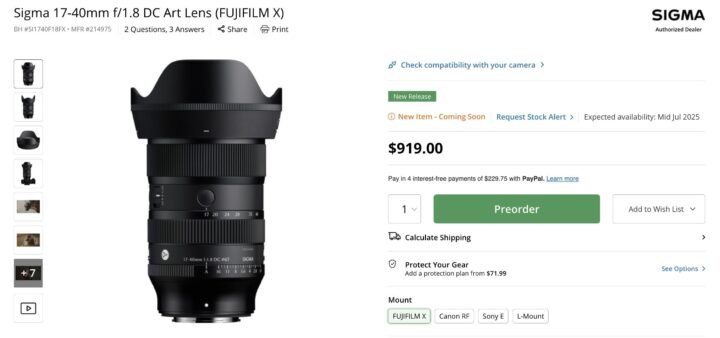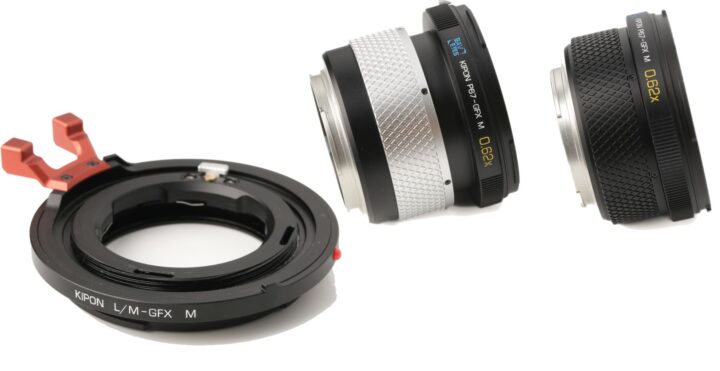
We told you a few weeks ago that Fujifilm has shifted production of these four camera models from China to Japan.
And after the X100VI a few days ago, we now have also the Fujifilm X-T5 made in Japan in stock at BHphoto, in both silver color and black color.
And while the made in China X100VI is discontinued at BHphoto, you can still find the made in China X-T5 in stock at BHphoto.
So how do you make sure you’re getting the made in Japan version (if that’s important to you)?
Here’s how — and this also answers questions some FR readers have asked here.
When visiting the product page at B&H, look at the URL in your browser’s address bar. The made in Japan version will have “japan” at the end:
This applies to the made in Japan versions of the X100VI made in Japan, the X-T50 made in Japan and the X-M5 made in Japan.
If you’re on a mobile device and can’t easily see the full URL, just check the product code. The made in Japan versions will end with JP. For example:
Again, this “JP” suffix applies to the other models, too.
And just to be clear: JP doesn’t stand for “Just Perfect” — though it might as well ;) — it stands for Japan.
So, if made in Japan matters to you, now you know exactly how to identify and grab the right version — while both Japan and China variants are still available in the US.






